Update on CAPSTONE communications issue
Tuesday, 05 July 2022 23:32 Following successful deployment and start of spacecraft commissioning on July 4, the Cislunar Autonomous Positioning System Technology Operations and Navigation Experiment (CAPSTONE) spacecraft experienced communications issues while in contact with the Deep Space Network.
The spacecraft team currently is working to understand the cause and re-establish contact. The team has good trajector
Following successful deployment and start of spacecraft commissioning on July 4, the Cislunar Autonomous Positioning System Technology Operations and Navigation Experiment (CAPSTONE) spacecraft experienced communications issues while in contact with the Deep Space Network.
The spacecraft team currently is working to understand the cause and re-establish contact. The team has good trajector Star with the shortest orbital period around black hole discovered
Tuesday, 05 July 2022 23:32 Researchers at the University of Cologne and Masaryk University in Brno (Czech Republic) have discovered the fastest known star, which travels around a black hole in record time. The star, S4716, orbits Sagittarius A*, the black hole in the centre of our Milky Way, in four years and reaches a speed of around 8000 kilometres per second. S4716 comes as close as 100 AU (astronomical unit) to the bl
Researchers at the University of Cologne and Masaryk University in Brno (Czech Republic) have discovered the fastest known star, which travels around a black hole in record time. The star, S4716, orbits Sagittarius A*, the black hole in the centre of our Milky Way, in four years and reaches a speed of around 8000 kilometres per second. S4716 comes as close as 100 AU (astronomical unit) to the bl A new method for predicting the 11-year solar cycle strength
Tuesday, 05 July 2022 23:32 The Sun is our superstar, continuously providing our planet with energy, light, and heat, thus making it a very habitable environment for life. However, it is also the source of powerful explosions, which can affect astronauts and modern technologies in space and on Earth. At the beginning of the 17th century, Galileo Galilei dared to direct his telescope to the Sun and discovered sunspots there
The Sun is our superstar, continuously providing our planet with energy, light, and heat, thus making it a very habitable environment for life. However, it is also the source of powerful explosions, which can affect astronauts and modern technologies in space and on Earth. At the beginning of the 17th century, Galileo Galilei dared to direct his telescope to the Sun and discovered sunspots there The futuristic South Pole Telescope looks far back in time
Tuesday, 05 July 2022 23:32 Surveying the cosmos from its isolated position in Antarctica, a collaborative project aims to reveal insights about the universe's beginnings.
In summer at the South Pole, which lasts from November through February, the average temperature is a biting minus 18 degrees F. The sun does not set during this time, making sleep a challenge. The environment is harsh and dry. And the Internet connecti
Surveying the cosmos from its isolated position in Antarctica, a collaborative project aims to reveal insights about the universe's beginnings.
In summer at the South Pole, which lasts from November through February, the average temperature is a biting minus 18 degrees F. The sun does not set during this time, making sleep a challenge. The environment is harsh and dry. And the Internet connecti Sidus Space marks successful space-qualification of Dhruva space's satellite orbital deployer
Tuesday, 05 July 2022 23:32 Sidus Space, Inc. (NASDAQ:SIDU), a Space-as-a-Service company focused on mission critical hardware manufacturing; multi-disciplinary engineering services; satellite design, production, launch planning, mission operations; and in-orbit support is proud to announce that Dhruva Space's Satellite Orbital Deployer successfully achieved space-qualification on June 30.
Dhruva Space's Satellite Or
Sidus Space, Inc. (NASDAQ:SIDU), a Space-as-a-Service company focused on mission critical hardware manufacturing; multi-disciplinary engineering services; satellite design, production, launch planning, mission operations; and in-orbit support is proud to announce that Dhruva Space's Satellite Orbital Deployer successfully achieved space-qualification on June 30.
Dhruva Space's Satellite Or SatixFy Technology enables first 5G link through a LEO constellation
Tuesday, 05 July 2022 23:32 SatixFy Communications Ltd has announced its critical role in enabling the first ever demonstration of a high-speed, low-latency link with a LEO satellite constellation incorporating 5G.
SatixFy has partnered with OneWeb under the ESA Sunrise Partnership Project, with support from the UK Space Agency, to develop a compact electronically steered multi-beam array suitable for mobility servic
SatixFy Communications Ltd has announced its critical role in enabling the first ever demonstration of a high-speed, low-latency link with a LEO satellite constellation incorporating 5G.
SatixFy has partnered with OneWeb under the ESA Sunrise Partnership Project, with support from the UK Space Agency, to develop a compact electronically steered multi-beam array suitable for mobility servic NASA's CAPSTONE lunar orbiter leaves Earth orbit
Tuesday, 05 July 2022 23:32 The CAPSTONE orbiter left the low Earth orbit on its way to the moon, NASA said in a statement.
The Cislunar Autonomous Positioning System Technology Operations and Navigation Experiment is attached to Rocket Lab's Photon upper stage, which maneuvered CAPSTONE into position for its journey to the moon.
The Photon engine gradually increased its orbit over six days to 810,000 miles
The CAPSTONE orbiter left the low Earth orbit on its way to the moon, NASA said in a statement.
The Cislunar Autonomous Positioning System Technology Operations and Navigation Experiment is attached to Rocket Lab's Photon upper stage, which maneuvered CAPSTONE into position for its journey to the moon.
The Photon engine gradually increased its orbit over six days to 810,000 miles NASA: Contact lost with spacecraft on way to test moon orbit
Tuesday, 05 July 2022 19:26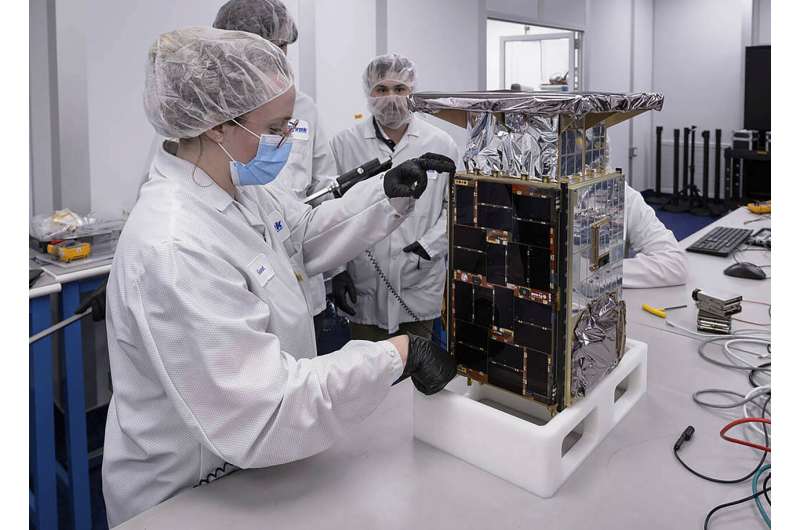
CAPSTONE suffers communications problem
Tuesday, 05 July 2022 17:43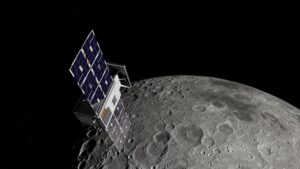
A NASA lunar cubesat mission has lost contact with Earth a day after its deployment, putting into jeopardy its plans to demonstrate the orbit that will be used for later Artemis missions.
The post CAPSTONE suffers communications problem appeared first on SpaceNews.
US announces a stop to testing anti-satellite weapons
Tuesday, 05 July 2022 16:53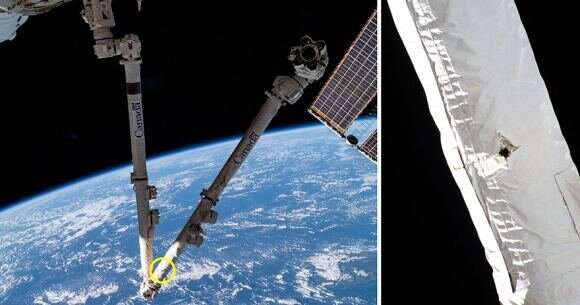
The United States Government has declared that it will no longer be performing tests of anti-satellite (ASAT) weapons. In a public statement during a visit to the Vandenberg Space Force Base, Vice President Kamala Harris confirmed that this policy has the primary purpose of setting an example to other countries. It represents an important step in the direction of establishing "space norms" for all countries to follow.
ASAT weapons go as far back as the early years of the Cold War. According to the Naval Institute Guide to World Naval Weapons Systems, ASAT weapons were designed for strategic and tactical military purposes. Satellites have long been used by the military for navigation, communication, and gathering intel on enemy movements and activities through sophisticated satellite imaging: Spy satellites.
Although ASAT weapons have never been used in actual warfare, China, India, Russia, and the U.S. have all demonstrated their capability. These weapons have so far only been used by these countries in tests against their own targets, such as decommissioned satellites.
Earth orbit, Moon, Mars: ESA's ambitious roadmap
Tuesday, 05 July 2022 14:59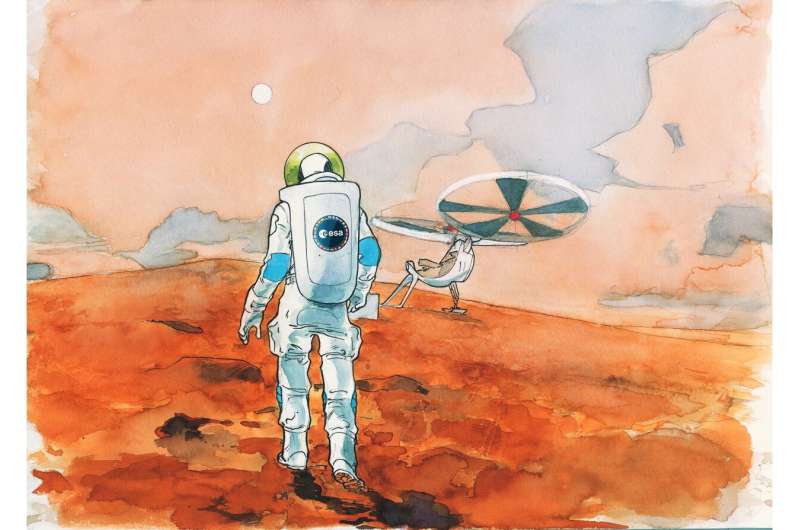
In a bold vision to secure Europe's role in space exploration and so benefit from the many scientific, economic, and societal rewards, ESA is publicly releasing its new exploration roadmap after its presentation to its Council, the agency's highest ruling body.
Called Terrae Novae 2030+ (Latin for new worlds), the document lays the groundwork for Europe to ensure its leading role in space exploration for future prosperity.
"This new long-term roadmap for exploration is now available to guide decision-makers who will ultimately make the choices on how far to take Europe on the journey of deep-space exploration," says ESA's director of Human and Robotic Exploration, David Parker.
"Terrae Novae is not only literally about exploring new worlds, but by describing the limitless opportunities for discovery, economic growth and inspiration it also expresses our ambitions for Europe's future innovators, scientists and explorers.
"We hope that everyone can use this roadmap to make our three-part vision a reality: to continue a strong presence working in low-Earth orbit, to send the first European astronauts to explore the Moon throughout the 2030s, and to prepare Europe's role in the first historic human voyage to Mars.
NASA considers sending swimming robots to habitable 'ocean worlds' of the solar system
Tuesday, 05 July 2022 12:54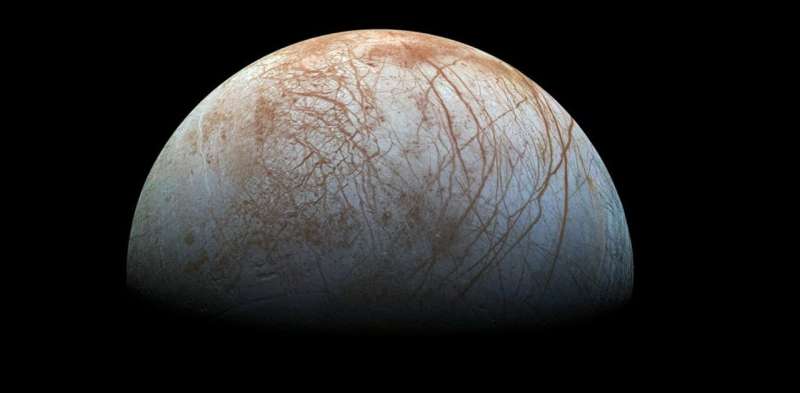
NASA has recently announced US$600,000 (£495,000) in funding for a study into the feasibility of sending swarms of miniature swimming robots (known as independent micro-swimmers) to explore oceans beneath the icy shells of our Solar System's many "ocean worlds". But don't imagine metal humanoids swimming frog-like underwater. They will probably be simple, triangular wedges.
Pluto is one example of a likely ocean world. But the worlds with oceans nearest to the surface, making them the most accessible, are Europa, a moon of Jupiter, and Enceladus, a moon of Saturn.
Life inside ocean worlds
These oceans are of interest to scientists not just because they contain so much liquid water (Europa's ocean probably has about twice as much water as the whole of Earth's oceans), but because chemical interactions between rock and the ocean water could support life. In fact, the environment in these oceans may be very similar to that on Earth at the time life began.
Video: The Fingertip Galaxy: Reflecting Euclid in art
Tuesday, 05 July 2022 12:37
"After Euclid's lifetime, it will just be floating in space. What if future beings found Euclid? How would they know anything about the humanity of the people?" says Tom Kitching, lead scientist of Euclid's VIS instrument.
The team behind ESA's Euclid mission has come together to create something special—a personal and collective galaxy-shaped fingerprint painting that has been attached to the spacecraft ready to launch into space. The collaborative nature of the artwork reflects the collaborative nature of the Euclid project overall; in both cases, people have come together to build something unique.
The Fingertip Galaxy was created by visual artist Lisa Pettibone and Euclid instrument scientist Tom Kitching. Since the very first fingerprint was pressed down in 2019, over 250 scientists and engineers have contributed to the piece of art.
So why a galaxy? Euclid is a galaxy-imaging machine that will observe billions of galaxies out to 10 billion light-years to make a 3D map of the Universe. The mission's ultimate aim is to explore dark matter and dark energy.
"Although Euclid has always been beautiful in concept and materials, it didn't really say anything about the people involved and humanity as a whole.
Novel NASA instrument sets sights on earthbound solar radiation
Tuesday, 05 July 2022 12:33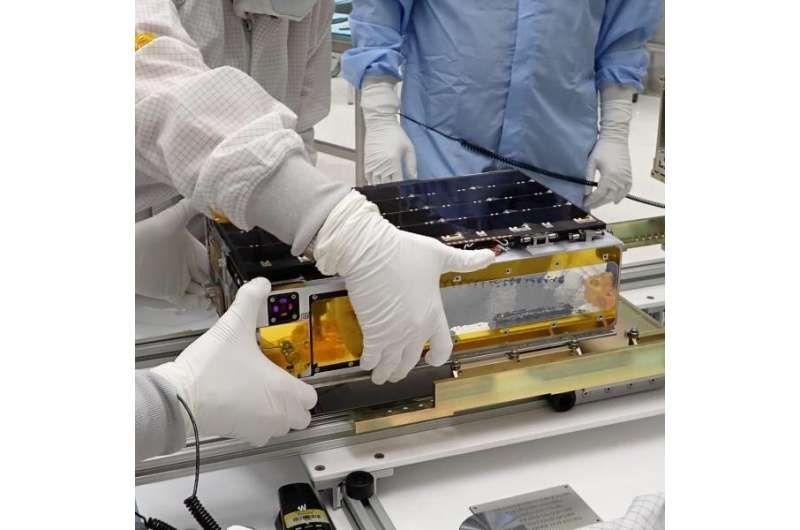
A very small instrument has a big job ahead of it: measuring all Earth-directed energy coming from the sun and helping scientists understand how that energy influences our planet's severe weather, climate change and other global forces.
About the size of a shoebox or gaming console, the Compact Total Irradiance Monitor (CTIM) is the smallest satellite ever dispatched to observe the sum of all solar energy Earth receives from the sun—also known as "total solar irradiance."
Total solar irradiance is a major component of the Earth radiation budget, which tracks the balance between incoming and outgoing solar energy. Increased amounts of greenhouse gases emitted from human activities, such as burning fossil fuels, trap increased amounts of solar energy within Earth's atmosphere.
Northrop Grumman selects Airbus to supply satellite buses for U.S. military constellation
Tuesday, 05 July 2022 12:30
Airbus U.S. Space and Defense will produce 42 satellite buses for the Space Development Agency's Transport Layer Tranche 1
The post Northrop Grumman selects Airbus to supply satellite buses for U.S.

